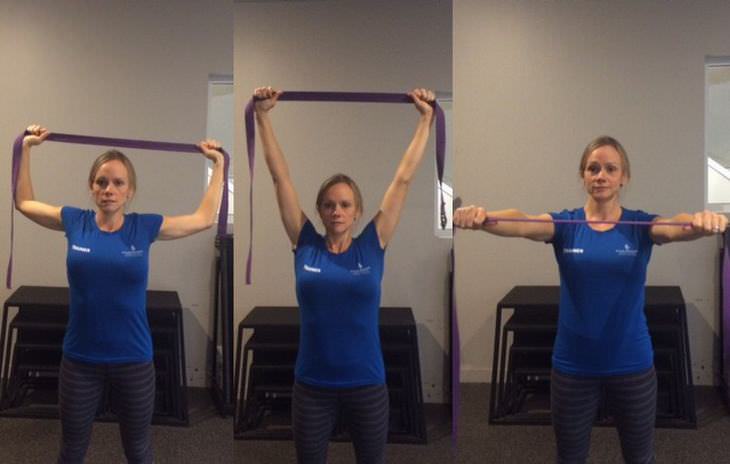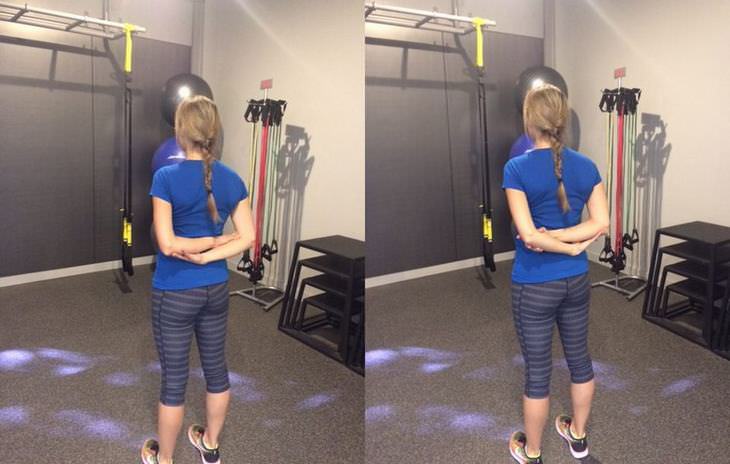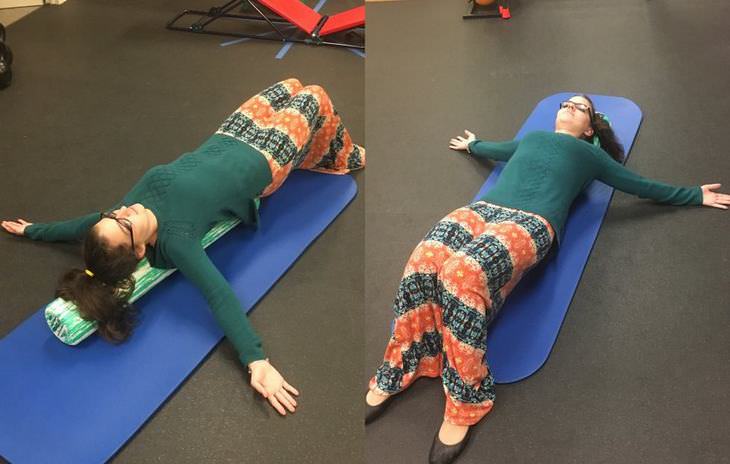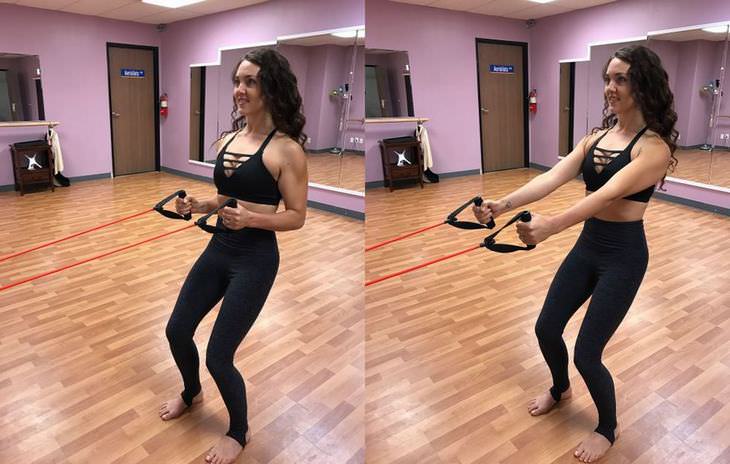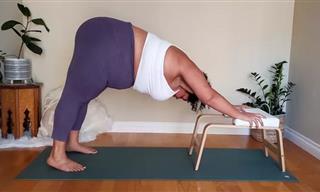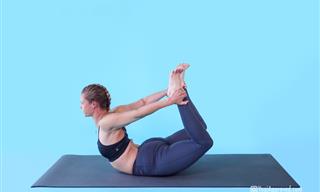
Why do your shoulders hurt?
More than 20% of people suffer from shoulder pain. This usually stems from stiffness in the shoulders after long hours hunched over a desk. There are a number of reasons why you might be experiencing shoulder pain. It could be from a recent injury like a torn rotator cuff or something that has developed over a long period of time.
According to the American Academy of Orthopaedic Surgeons, there are four main causes of shoulder pain:
1. Tendon inflammation or tear: This includes conditions like tendinitis, tendon tears, and bursitis. They occur when small, fluid-filled sacs called bursa, which cushion the bones and reduce friction in the shoulders joints, become inflamed and swollen. It may also be possible for the top of your shoulder blade to rub against the rotator cuff tendons and bursa, which is called impingement.
2. Instability: Your shoulder becomes unstable when the top of your arm comes out of the socket, either from an injury or overuse. The more this happens, the more likely it will continue to reoccur, which leads to an increased risk of developing arthritis.
3. Arthritis: Osteoarthritis occurs around middle age. You notice swelling, pain or stiffness in the shoulders which occur as a result of daily use or work injuries. It is also possible to develop other types of arthritis in the shoulder.
4. Bone fracture: Got a broken collarbone, upper arm bone or shoulder blade? This usually happens after a fall or a car accident which causes severe pain, possibly around the shoulders.
In rarer instances, shoulder pain can also be an indication of infection, nerve problems, or cancer - such as a Pancoast tumor, which is a type of lung cancer, or metastatic breast cancer. If you've got shoulder pain, don't panic, however. More often than not it is a minor issue. If the pain persists over several days, be sure to see a doctor.
Suffer from neck and shoulder pain? These exercises will help.
Other factors to consider
There may be certain aspects of your lifestyle which may be hurting your shoulders without you even realizing it. It could be things like your mattress, for instance. Notice if it is too soft. Studies have found that a medium-firm mattress works best for people who experience neck and back pain. If your shoulder pain gets worse at night, it may be an issue with the rotator cuff, which could be irritating the bursa. At-home remedies for neck pain include sleeping in a semi-reclined chair, wearing a cooling or heating pad, and using a shoulder support pillow. Always try to be conscious of your posture throughout the day, whether you are sitting in front of a computer or driving.
Finding relief
If you have an aching shoulder, the first thing you do is look for instant relief. Luckily, there is plenty you can do yourself to help ease the pain. Unlocking tight shoulders and chest muscles is relatively easy with simple exercises, which can be done while sitting on a chair, standing, kneeling, or sitting on the floor. Meg Plotsky, a group exercise and corporate recreation coordinator at the Well & Being Spa at the Four Seasons Resort and Club Dallas, Las Colinas recommends the following exercises and stretches:
1. Goalpost stretch
When your shoulders are rounded, the front of your chest collapses inward. So this stretch will help open up those chest muscles and re-set your shoulders so they are in their natural position.
What to do: Grab a yoga strap, jump rope, or belt and come to a comfortable seated or standing position. Place the belt in both hands and straighten your arms out at shoulder height, keeping your palms facing down. Then bring your hands a little wider than shoulder-distance apart on the strap. Inhale, lifting the strap up and overhead, palms facing forward. When you exhale, bend the elbows to about shoulder height and lower the strap. Then, draw your shoulder blades down your back and in toward your spine. Inhale and reach your arms back up, exhale and return to your starting position, with your arms out in front of you at shoulder height. Repeat for three to five times.
2. Back-bound hand stretch
If you spend much of your day with your shoulders hunched, that inward rotation of your shoulders can become habitual. This move will help counteract that bad habit.
What to do: Sit down comfortably, or come into a standing position and slide your shoulder blades down and away from your ears, and together toward your spine. Bring both arms and hands behind you and grab your right elbow with your left hand and your left elbow with your right hand. If you find this difficult, grab your wrist or forearm with the opposite hand. Then, lift your chest and press your shoulder blades down your back while drawing them toward your spine. Take 3 to 5 deep breaths, then switch sides by grabbing your left elbow with your right hand and your right elbow with your left hand. Once again, lift your chest and press your shoulder blades down your back and toward your spine, taking 3 to 5 breaths.
3. Shoulder blade squeeze
This move will strengthen the scapular/shoulder blade muscles, which prevent your shoulders from hunching forward, giving you a better awareness of good posture.
What to do: Come into a seated position and sit up tall with a good posture. Bring your shoulder blades together as though you were holding a pencil between them and down away from your ears as you squeeze. Hold for 10 seconds, repeating 10 times, and repeat this move 3 or 4 times throughout the day.
4. Soft tissue chest massage
This move will loosen your chest muscles. This is important because when they're tight they pull your shoulders forward, worsening a hunch.
What to do: Take a lacrosse ball or a tennis ball and place it against your pectoral muscles, inside your shoulder bone and underneath your collarbone. Gently lean against a corner of a wall and with your chest resting against the ball on the wall, and your face in the space at the corner (as shown in image) Gently press into the wall with your body and massage throughout this area. If you find a tender spot, let the pressure of the ball sit against that knot until you feel the tightness release.
5. Supine T
This exercise is great to do first thing in the morning or right before you go to sleep. It's a relaxed chest-opener that helps loosen tight pecs, which may cause your shoulders to hunch forward.
What to do: Lie flat on your back keeping your knees bent and your feet flat on the floor. Place your arms out to the side, keeping your palms face up, forming a 'T' with your body. To increase the stretch, place a rolled towel or foam roller lengthwise along your spine. Keep both your hips and head on the roller or towel and do this for 10 minutes each day.
6. Resistance 'rowing'
This exercise will strengthen the muscles in your upper back, which reinforces proper alignment in the shoulders.
What to do: Attach a resistance band to a steady doorknob or piece of furniture at waist level. Grab the ends of the band and step a few feet away. Keep your feet parallel and hip distance apart. Soften your knees and keep your torso upright with an elongated spine - to help keep your spine straight you may also sit on a chair or stability ball. Bend your elbows back behind your waist while squeezing your shoulder blades together, then slowly return to your starting position. Begin with 10 reps, then increase to 2 or 3 sets of 10. For further resistance, step farther away from the doorknob. If you want less resistance, move closer.
7. Wall angels
This exercise strengthens the muscles responsible for holding your shoulders back (the opposite movement of hunching them forward). It also reminds the brain where shoulder range of motion should be.
What to do: Stand with your back against the wall and your arms out to your sides and then bend your elbows and rotate your arms so that the back of your hands will touch the wall exactly above your elbows. Move your arms up and over your head slowly, focusing on maintaining contact between your elbows, hands and the wall, then lower your arms. Go as high or as low as you can, keeping the backs of your hands and elbows in constant contact with the wall. Raise and lower your arms in this motion for 10 times, slowly, as if to make a snow angel on the wall.
 Go to BabaMail
Go to BabaMail



